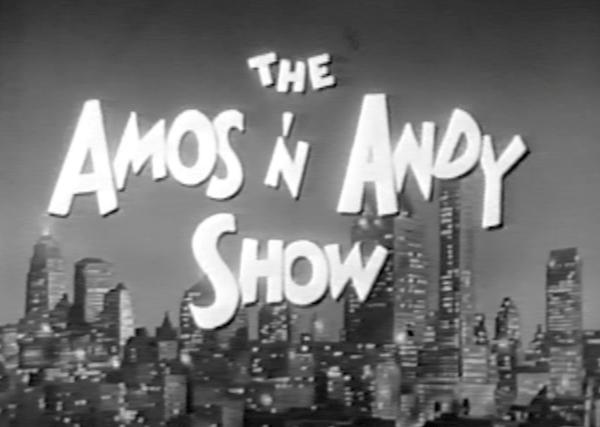Amos ’n’ Andy was one of the most controversial and polarizing shows in the history of United States television. History professor, author, and social commentator Joshua K. Wright asks an excellent question: Did this television series become a scapegoat for black elites who were more concerned about their own standards of respectable blackness than the show’s actual impact on the black masses?
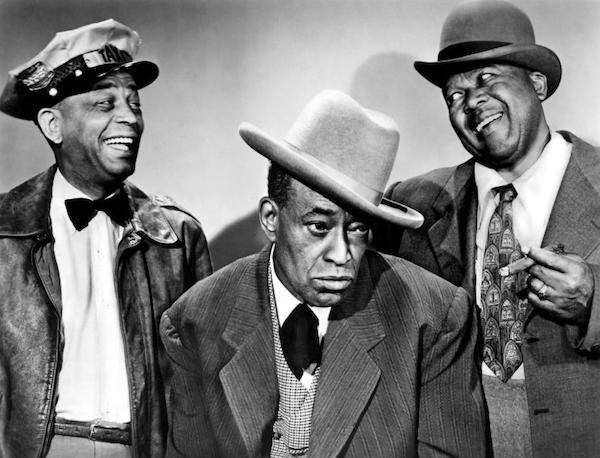
Georgetown University professor Michael Eric Dyson thinks so
Dyson says black elites believed that there should be nothing on television that makes the race look bad. In the 1950s, during the great migration of southern blacks to the industries of the north, the black-owned Chicago Defender published a list of reminders for the newly arrived, instructing them in the up-north rules of proper behavior. Wright says the list exposes the fears that some northern blacks had of rural black southerners embarrassing them.
Why did civil rights leaders believe the series was harmful to blacks?
Twenty years earlier, Amos ’n’ Andy was a radio comedy about three characters. Amos was naïve and easily duped, Andy was always a sucker for get-rich-quick schemes, and George “Kingfish” Stevens, leader of the Mystic Knights of the Sea Lodge, was a small-time loud-mouth con man. Kingfish’s catchphrase “Holy mackerel, Andy!” was copied by actors and comedians everywhere.
In the true minstrel tradition of the era, white actors played the black characters
In 1928, Freeman Gosden played Amos, an earnest and hardworking man. Charles Correll played his shiftless friend Andy. There was no need for blackface because the show was on the radio, but in the tradition of blackface minstrel shows, the two white actors spoke in stereotypical shuck-and-jive dialect, yassuh. The show was on Chicago radio once a week and became such a craze that it began to be aired nightly across the entire country.
In 1951, CBS broadcast the first Amos ’n’ Andy television show
It was the first to feature a cast of all-black actors. The television version starred black men Alvin Childress, Spenser Williams, and Tim Moore in the lead roles. Viewers thought this bunch of black misfits was hilarious. Black elites thought the behaviors of the characters were lower class and crude.
The National Association for the Advancement of Colored People mounted a formal protest
It said, “Millions of white Americans see this ‘Amos ‘n’ Andy’ picture of Negroes and think the entire race is the same.” The NAACP issued a proclamation describing the show as “a gross libel of the Negro and a distortion of the truth” and published the following bill of charges:
- It tends to strengthen the conclusion among uninformed and prejudiced people that Negroes are inferior, lazy, dumb, and dishonest.
- Every character in this one and only TV show with an all-Negro cast is either a clown or a crook.
- Negro doctors are shown as quacks and thieves.
- Negro lawyers are shown as slippery cowards, ignorant of their profession, and without ethics.
- Negro women are shown as cackling, screaming shrews, in big-mouthed close-ups, using street slang, just short of vulgarity.
- All Negroes are shown as dodging work of any kind.
- Millions of white Americans see this Amos ‘n’ Andy picture of Negroes and think the entire race is the same.
AmosandAndy.org says the cast members consistently defended the show
Read more : A Man Who Puts His Hands On A Woman
They said the show was a comedy, and not to be taken seriously. The buffoonish and slow characters were funny, as they would also be if they were whites. They also said that it was a breakthrough to be a part of a television show that starred all blacks.
Making fun
The characters on the weekly TV show Hee Haw were buffoonish and slow country people just as the characters on The Beverly Hillbillies were buffoonish and slow people from the backwoods and hollers of Appalachia.
Professor Wright said as a kid, he thought Amos ‘n’ Andy was one of the funniest television shows he had ever seen
Writing in Abernathy Magazine, he said Bill Cosby admitted how shows like Amos ’n’ Andy were fine for blacks to enjoy when with members of their own race, but were inappropriate to laugh at in the company of Caucasians. This is essentially W.E.B. Du Bois’s argument of black folk having to be mindful of the “white gaze.”
Amos ‘n’ Andy: Anatomy of a Controversy
In 1983, this 48-minute documentary film aired on television. You can watch it here. It told the history of the franchise from its radio days to the CBS series and featured interviews with then-surviving cast members, as well as Sanford and Son TV star Redd Foxx, who played the bigoted and cranky junk dealer Fred Sanford, always involved in some sort of scheme. Fred’s stock move was to grab his chest as if he were having a heart attack and cry out, “This is the big one, Elizabeth!”
Foxx said the show was important because it showed that black actors in lead roles could be popular with all races
Harvard University professor Henry Louis Gates Jr. wrote in his American Heritage article Growing Up Colored, ”Everybody loved Amos ‘n Andy – I don’t care what people say today. Nobody was likely to confuse them with the colored people we knew.”
The leading characters
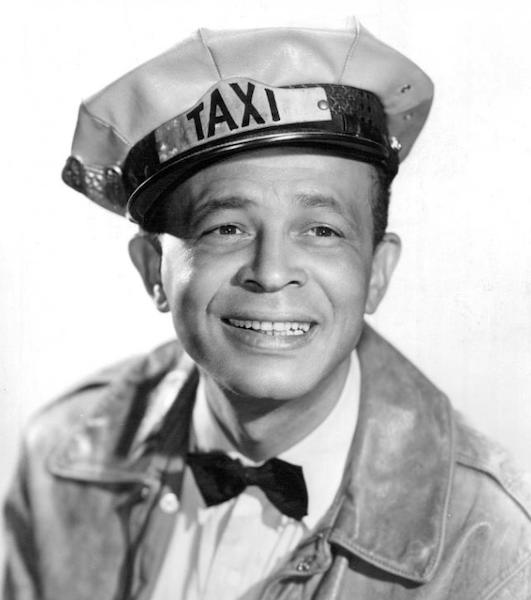
Alvin Childress played Amos. Rare for any actors of that time, he was a college graduate, earning a degree in Sociology from Rust College in Holly Springs, Mississippi. Intending to become a doctor, he took up acting instead.
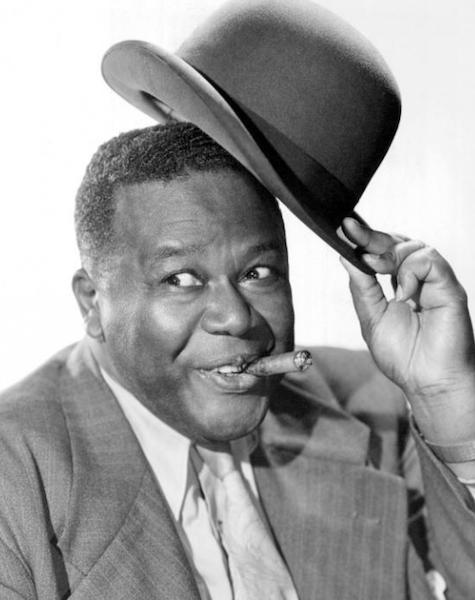
Spenser Williams played Andy after serving in the U.S. Army in World War II and then working as an immigration officer. After moving to Hollywood, he was hired to write the dialogue for short comedy films with all-black casts, called “race films.” Those scripts featured racial stereotypes and heavily accented “darkie” speech.
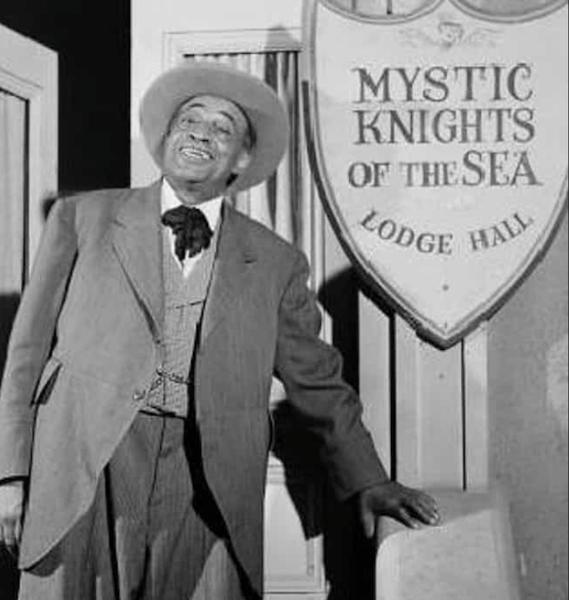
Tim Moore played Kingfish. He had earlier been with a patent medicine show that sold quack remedies and along the way was a jockey, boxer, and “native Hawaiian” tour guide. Moore was very popular in the show, becoming the first African American to win stardom on television.
Want to look at old things in new ways, see the commonplace in greater detail, and hear complex subject matter explained in simple, conversational language?
Click here for the home page where you can scroll through the more than 300 articles I’ve written every week for LetsTakeACloserLook.com since 2016.
Bonus
Cab Calloway was originally considered for the role of Amos but was rejected because of his straightened hair.
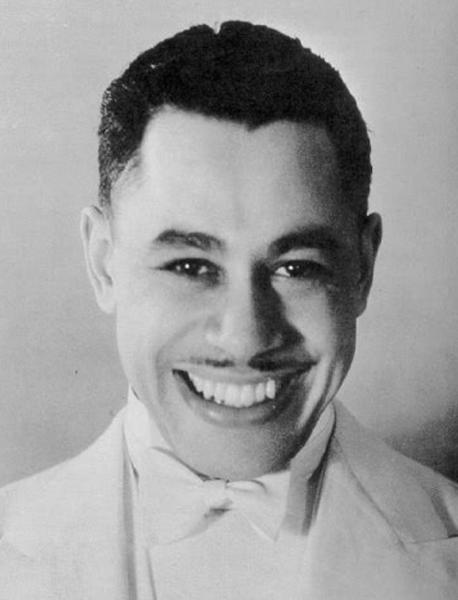
Source: https://t-tees.com
Category: WHO

